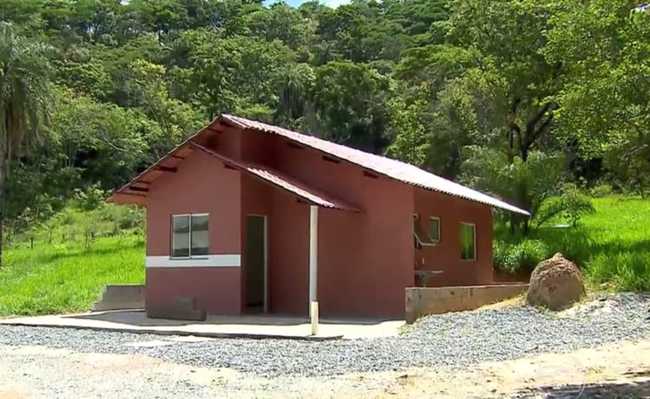What is hemolytic anemia?
Hemolytic anemia is an autoimmune condition in which the body's antibodies destroy red blood cells.

Edited and resized image of Hush Naidoo, is available on Unsplash
Autoimmune hemolytic anemia (AIHA) is a disease characterized by the destruction of red blood cells caused by the body's own antibodies, the so-called "autoantibodies". There are three different types of hemolytic anemia: hot, cold and mixed.
Hot hemolytic anemia
In warm autoimmune hemolytic anemia, autoantibodies react more strongly at a body temperature of 37°C.
Cold hemolytic anemia
In cold autoimmune hemolytic anemia, red blood cell destruction occurs at temperatures between 4° and 18°C.
Mixed hemolytic anemia
In mixed form, the two types of autoantibodies (hot and cold) coexist.
Autoimmune hemolytic anemia may be associated with chronic diseases, drug use, or cancer. However, it is a very rare condition.
Symptoms of hemolytic anemia
The most common symptoms of hemolytic anemia are dyspnoea (discomfort breathing), fatigue, palpitations, and headache. The condition can also cause paleness and jaundice.
In children, hemolytic anemia is usually self-limited (time-limited and time-limited); in adults, it is usually chronic, and may show exacerbation and remission over time.
Diagnosis
There are several ways of diagnosing hemolytic anemia. One of them is through the blood count with platelet count. It is also possible to diagnose hemolytic anemia using Coombs tests and proof of hemolysis; between others.
Treatment
The treatment aims to reduce the degree of destruction of red blood cells, generating an increase in hemoglobin levels and improvement in the symptoms of hemolytic anemia. If the disease is caused by the use of medication, it is necessary to suspend them.
Correct identification of the type of hemolytic anemia is essential, as the treatment and course of the disease are different. There are specialists in the field who advocate treatment with folic acid, since a deficiency in folic acid can result in a megaloblastic crisis, which is when the bone marrow cannot properly manufacture red blood cells, resulting in severe anemia.
In warm hemolytic anemia, glucocorticoids, splenectomy or immunosuppressants are used.
In cold hemolytic anemia, the treatment is basically done with protection against the cold. The patient is advised to keep warm even during the summer. Protection of the extremities (head, feet and hands) is highly recommended. In the primary form, response rates to treatment are low, generally below 20%, so that indication for pharmacological treatment, usually with immunosuppressants or cytotoxics, is made only in cases with greater impairment of quality of life. Another therapeutic modality is plasmapheresis, a transfusion technique that allows blood plasma to be removed from a donor or a patient.
With the treatment, a reduction in the degree of destruction of the red blood cells is expected, leading to an increase in hemoglobin levels and improvement in the symptoms of hemolytic anemia.










